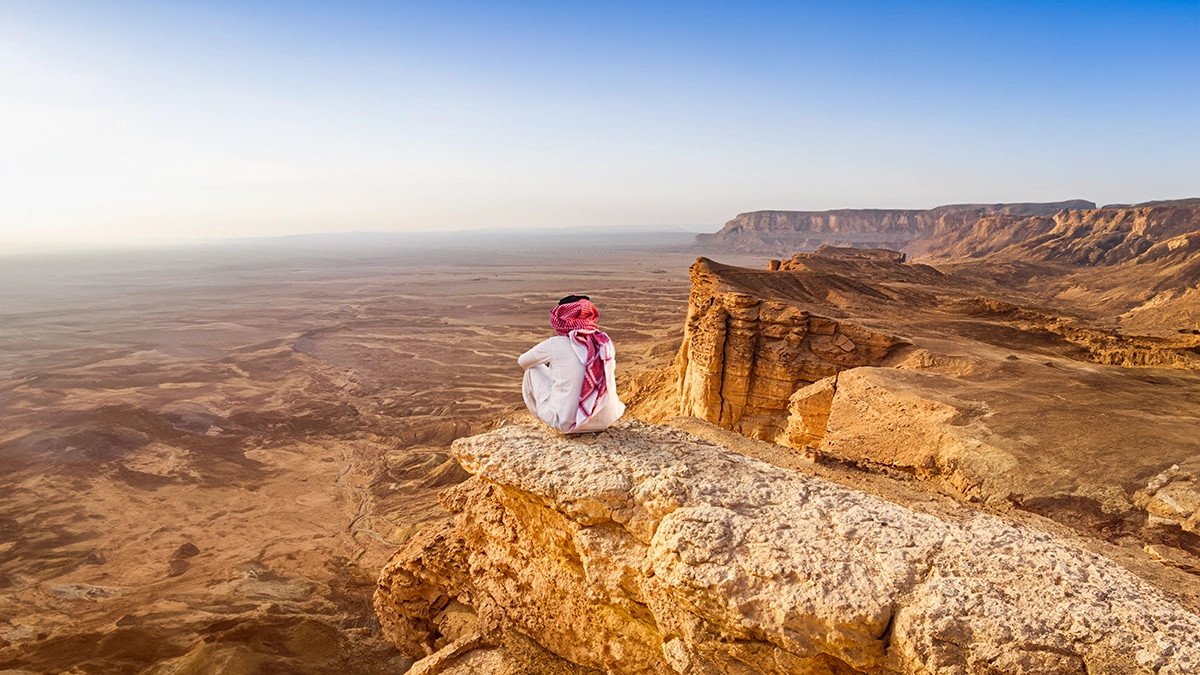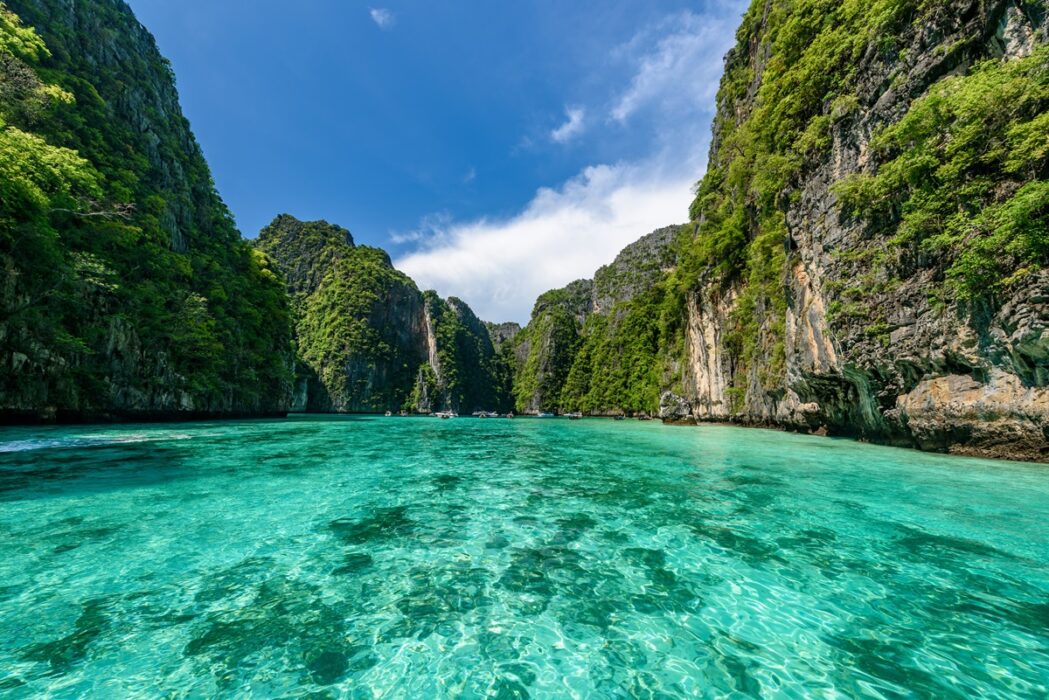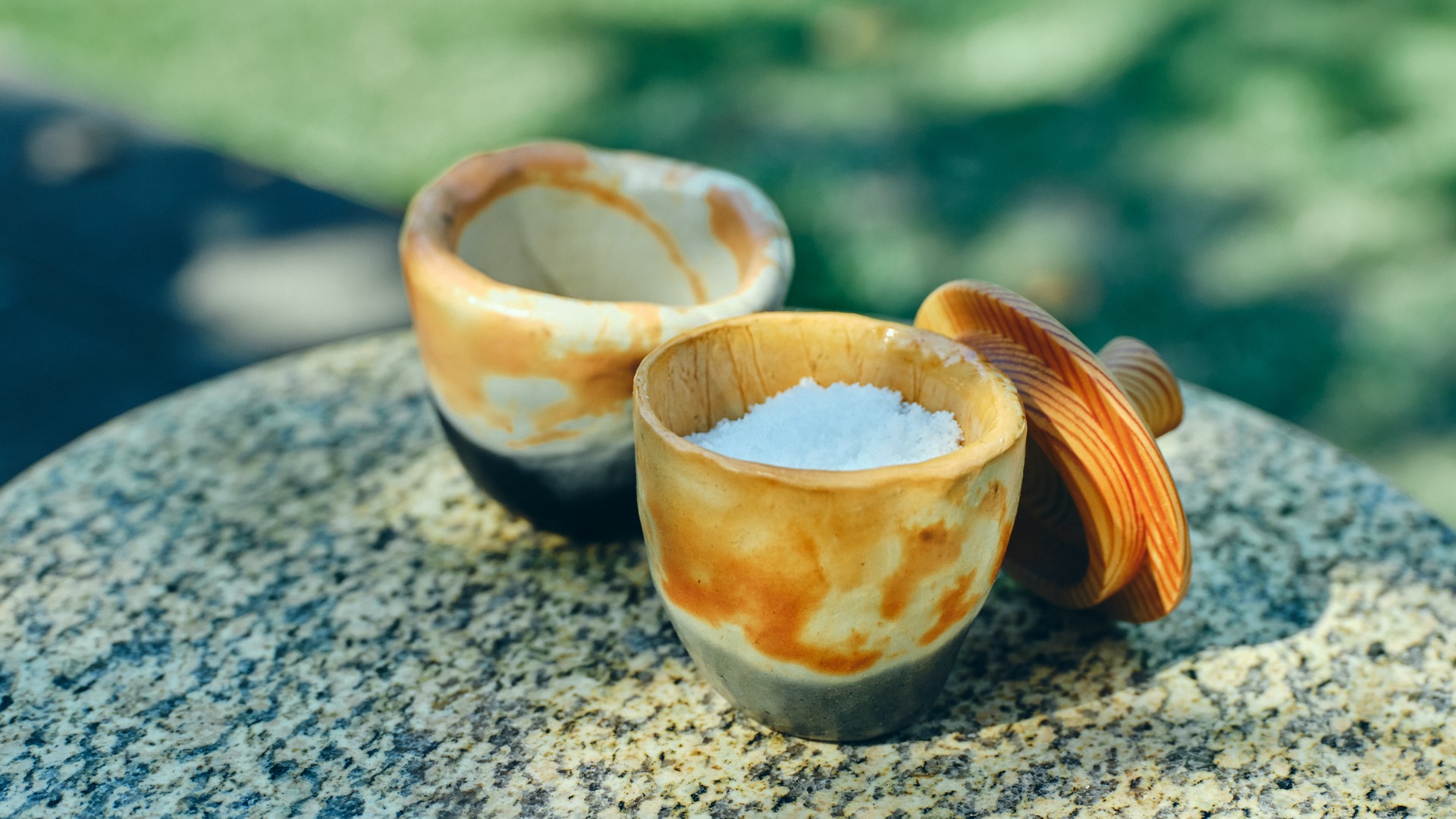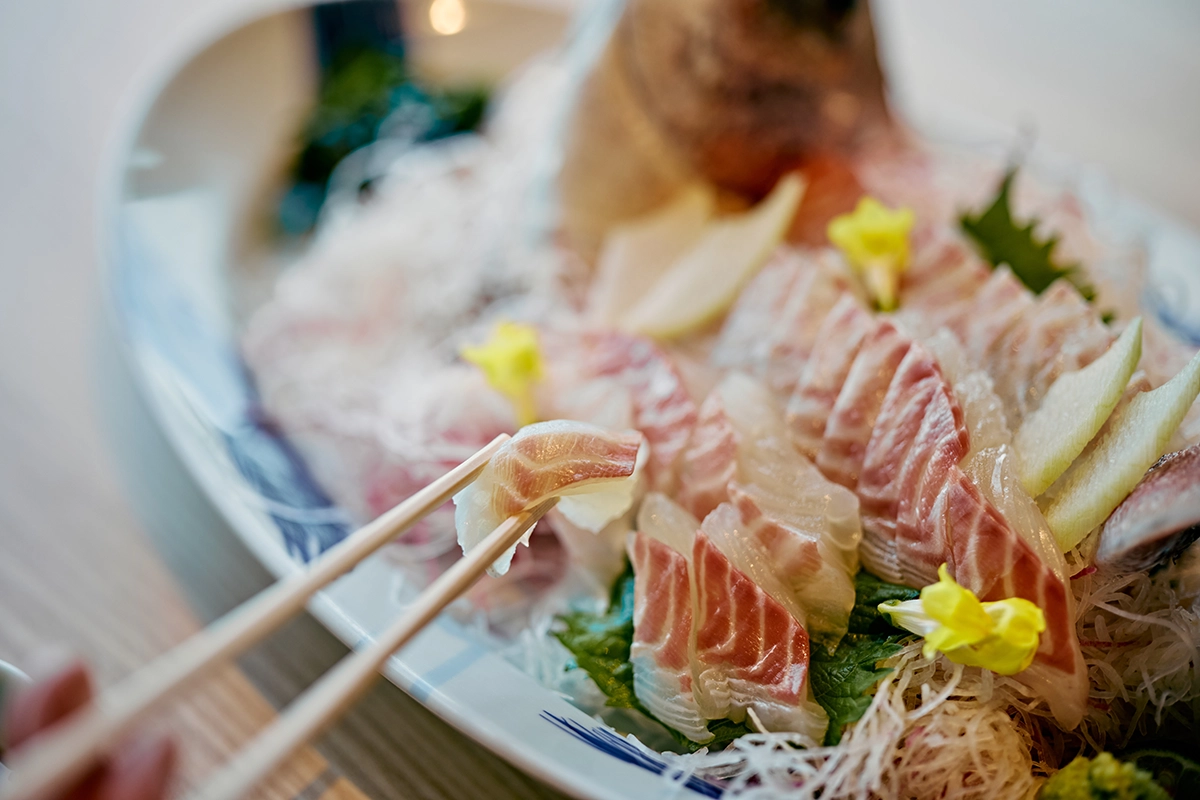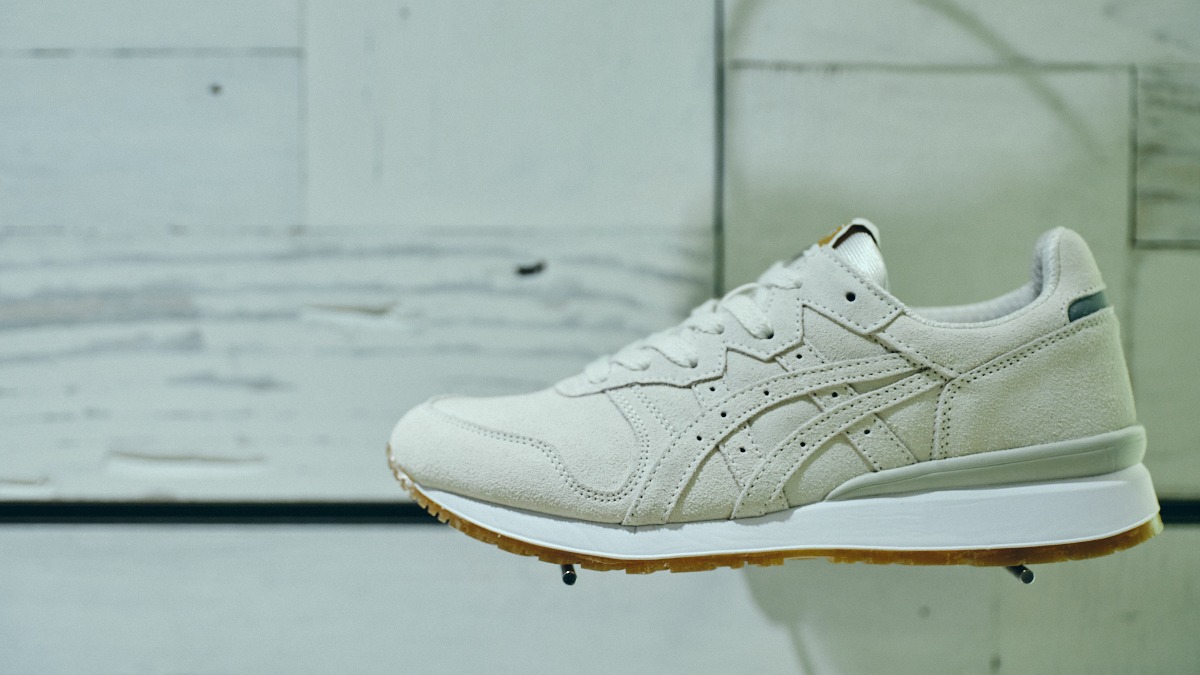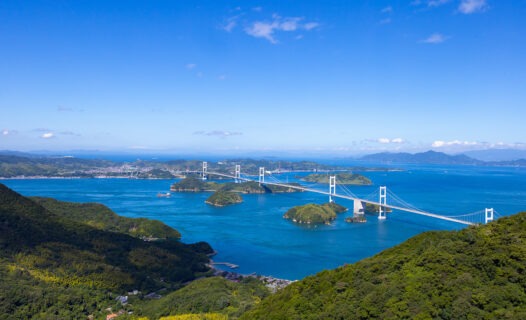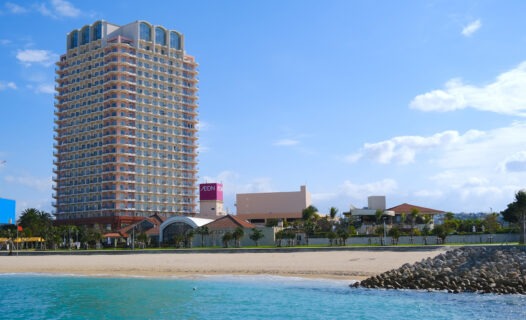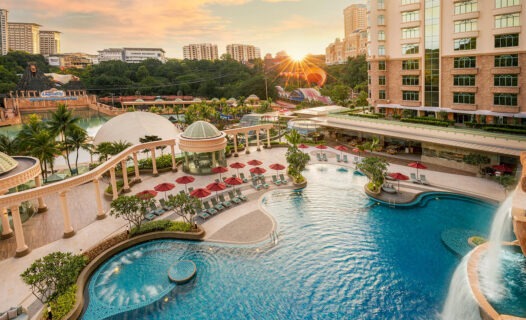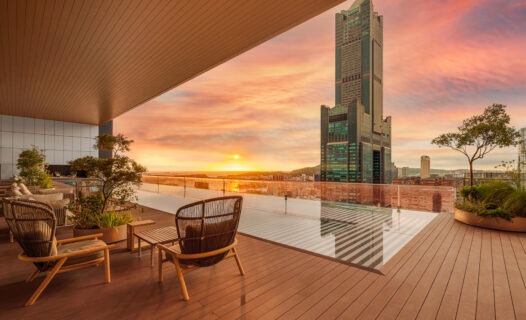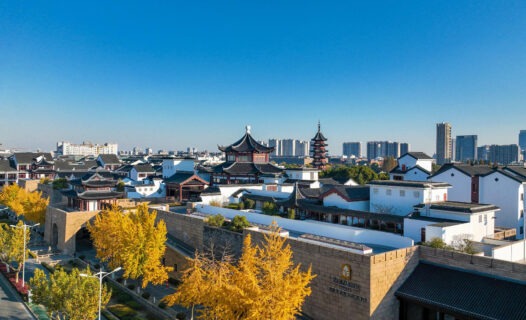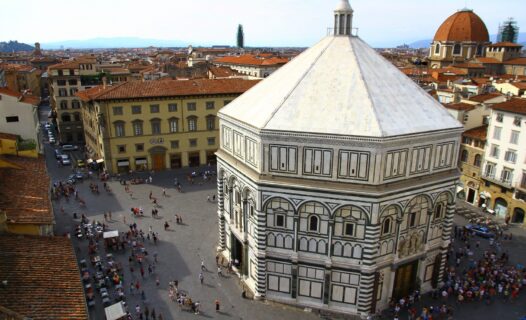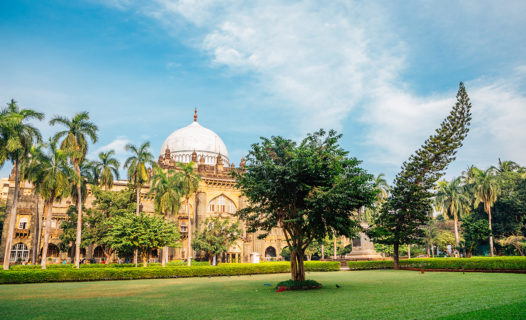Welcome to Phuket’s Big Buddha: A Must-See Marvel!
Perched majestically atop Nakkerd Hill, the Phuket Big Buddha is more than just a stunning landmark; it’s a cultural icon that draws visitors from all over the globe. Standing tall at an impressive 45 meters, this magnificent statue is crafted from gleaming white Burmese marble, radiating tranquility and spirituality. As you approach, the serene atmosphere envelops you, inviting both reflection and exploration.
But the Big Buddha is not just about its size or beauty. It’s a vibrant hub of local culture and spirituality, where the community comes together to celebrate traditions, rituals, and festivities. The surrounding area is alive with the sounds of laughter, the aroma of delicious street food, and the gentle chimes of temple bells, making it a rich tapestry of experiences waiting to be discovered.
Discovering the Majesty of the Big Buddha
Description of the Iconic Structure
As you stand before the Big Buddha, you can’t help but be awed by its grandeur. The statue, which is a significant spiritual site, serves as a beacon of hope and peace for the local community and tourists alike. The history of the Phuket Big Buddha dates back to 2002 when construction began, fueled by donations from both locals and tourists. This collective effort reflects the deep-rooted sense of community and devotion that defines this place.
Visitors often describe their Big Buddha Phuket experience as transformative. The sheer scale of the statue, coupled with its serene expression, provides a perfect backdrop for contemplation and photography. As you wander around the base, you’ll find intricate details and inscriptions that tell stories of the Buddha’s teachings, inviting you to pause and reflect.
Planning Your Visit: Essential Information
Visiting Hours and Entry Details
The Big Buddha is open daily from 6 AM to 7:30 PM, allowing ample time for you to soak in the views and the ambiance. Best of all, there’s no entrance fee! Instead, visitors are encouraged to make a donation to support the ongoing maintenance and expansion of the site. This means you can enjoy this magnificent attraction while contributing to its preservation.
During peak tourist seasons, the site can get quite busy, especially during weekends and public holidays. To avoid the crowds, consider visiting early in the morning or later in the afternoon. This way, you can enjoy a more peaceful experience and capture stunning photos without the hustle and bustle.
Dress Code and Etiquette
Embracing local customs can enhance your experience. Many visitors share delightful anecdotes about engaging with monks or participating in rituals, which can be a unique way to connect with the culture. So, be ready to immerse yourself in the local traditions and perhaps even learn a thing or two!
Getting There: Transportation Options
Various Ways to Reach the Big Buddha
Getting to the Big Buddha is part of the adventure! You can choose from several transportation options based on your preference and comfort level. If you’re feeling adventurous, renting a motorbike is a popular choice among tourists, giving you the freedom to explore at your own pace. Alternatively, tuk-tuks are a fun and iconic way to travel around Phuket, and you can easily negotiate a fare with the drivers.
If you prefer a more relaxed journey, consider hiring a private car or joining a Phuket Big Buddha tour. These options often come with knowledgeable guides who can enrich your visit with fascinating stories and insights about the area.
For those who enjoy physical activity, there are hiking trails leading to the Big Buddha from nearby beaches. The trek from Kata Beach (approximately 8 km) and Karon Beach (around 2.5 km) offers stunning views of the coastline and a rewarding sense of accomplishment upon reaching the statue.
Immersive Experiences and Activities
Exploring the Temple Area
Once you arrive, take your time to explore the temple area surrounding the Big Buddha. The spiritual ambiance is palpable, with monks often seen engaging in their daily rituals. Visitors frequently describe witnessing these moments as a highlight of their trip, providing a deeper understanding of local customs and beliefs.
For those interested in Phuket Big Buddha activities, try to time your visit with one of the daily rituals. Engaging with locals and learning about their practices can offer a unique perspective on the culture. Don’t forget to bring your camera; the scenes you’ll encounter are sure to be unforgettable!
Photography Tips for Stunning Shots
For photography enthusiasts, the Big Buddha offers countless opportunities for stunning shots. The best times to capture the statue are during sunrise or sunset when the light casts a warm glow over the marble surface. Seek out different angles and perspectives—climbing to higher viewpoints can yield breathtaking panoramas of Phuket.
Many visitors have shared their favorite photography experiences, often highlighting the joy of capturing moments with the Big Buddha in the background. Whether you’re a seasoned photographer or just looking to snap a few memories, this location is a photographer’s dream!
Culinary Delights: Local Food Near the Big Buddha
A Taste of Phuket: Local Vendors and Dishes
After soaking in the spiritual vibes of the Big Buddha, your taste buds are in for a treat! The area surrounding this iconic landmark is dotted with local vendors offering a mouthwatering array of Thai delicacies. From the savory Pad Thai to the refreshing Som Tum (green papaya salad), you’ll find flavors that dance on your palate.
Don’t miss out on trying Satay skewers, which are grilled to perfection and served with a delicious peanut sauce. If you’re feeling adventurous, sample some Tom Yum Goong, a spicy shrimp soup that’s a favorite among locals and tourists alike. For those with a sweet tooth, make sure to grab a mango sticky rice for dessert—it’s a heavenly combination of sweet mango, creamy coconut milk, and sticky rice that will leave you craving more!
Venture a bit further, and you might stumble upon some hidden gems where you can enjoy a traditional Thai meal while admiring the view of the Big Buddha. Many local eateries offer outdoor seating, allowing you to savor your food in the fresh air while taking in the stunning surroundings.
Festivals and Events at the Big Buddha
Cultural Celebrations and Local Festivals
Visiting the Big Buddha during a local festival is an experience like no other! The site often serves as a backdrop for vibrant celebrations that showcase Phuket’s rich culture and traditions. One of the most notable events is the Visakha Bucha, which celebrates the birth, enlightenment, and death of Buddha. During this time, the temple grounds are adorned with colorful decorations, and locals participate in candlelight processions that create a magical atmosphere.
Another exciting event is the Songkran Festival, or Thai New Year, which takes place in April. While the Big Buddha may not be the main event location, the nearby areas host water fights and festivities that are sure to add a splash of fun to your visit. Picture yourself enjoying the festivities, splashing water with locals, and celebrating the New Year in true Thai fashion!
These festivals not only highlight the community spirit but also provide visitors with a unique opportunity to engage with local customs. If you’re lucky enough to be in Phuket during one of these celebrations, be sure to join in the fun—you’ll create memories that will last a lifetime!
Combining Attractions: Suggested Itineraries
Day Trip Itineraries Featuring the Big Buddha
Ready to make the most of your day in Phuket? Here are some suggested itineraries that seamlessly combine the Big Buddha with other nearby attractions:
Morning: Big Buddha and Wat Chalong
Start your day early by visiting the Big Buddha to enjoy the peaceful morning ambiance. Afterward, head to Wat Chalong, Phuket’s largest and most revered Buddhist temple. Spend some time exploring the stunning architecture and learning about the history of the temple. Don’t forget to snap some photos of the intricate details!
Lunch: Local Market
After your cultural immersion, grab lunch at a nearby local market. Sample various street food options, from noodle dishes to fresh fruit smoothies. The atmosphere is lively, and you’ll get a taste of authentic Thai cuisine.
Afternoon: Relax at Kata Beach
Post-lunch, take a short drive to Kata Beach. Relax on the sandy shores, go for a swim, or try your hand at some water sports. The beach is perfect for unwinding after a day of exploration!
Evening: Sunset at Karon Viewpoint
End your day by catching the sunset at Karon Viewpoint. The panoramic views of the Andaman Sea and the surrounding islands are breathtaking and provide a perfect backdrop for your evening.
This itinerary is just a suggestion—you can mix and match based on your interests and time constraints. The beauty of Phuket is that there’s always something new to discover!
Practical Travel Tips for a Smooth Experience
Safety and Health Guidelines
While exploring the wonders of Phuket, it’s important to keep a few safety tips in mind. Always stay hydrated, especially if you’re visiting during the hotter months. Carry a bottle of water with you and take breaks in shaded areas to avoid overheating.
Be cautious of your belongings, especially in crowded areas like markets or festivals. Keep your valuables secure and avoid displaying large amounts of cash. If you plan to rent a motorbike, ensure you have a valid license and wear a helmet at all times for safety.
Wildlife encounters can also happen, particularly if you’re near beaches or parks. Always maintain a respectful distance from animals, and never feed them, as this can lead to aggressive behavior.
Sustainability Practices for Travelers
As a visitor to this beautiful island, you can contribute to its preservation. Opt for eco-friendly practices, such as using reusable water bottles and avoiding single-use plastics. Support local businesses by purchasing handmade souvenirs rather than mass-produced items. This not only helps the environment but also enriches your travel experience by connecting you with the local culture.
Shopping and Souvenir Guide
Local Souvenirs and Crafts
No trip to Phuket is complete without picking up a few souvenirs! Near the Big Buddha, you’ll find various shops and stalls selling unique handicrafts, from intricate wooden carvings to beautiful Thai silk. Look for items that reflect the local culture, such as handmade jewelry or traditional Thai masks.
For something truly special, consider purchasing a miniature Big Buddha statue to remind you of your visit. These make great gifts for friends and family back home. Don’t forget to haggle a little—it’s part of the fun of shopping in Thailand!
Seasonal Travel Insights
Best Times to Visit Phuket and the Big Buddha
Phuket enjoys a tropical climate, with the best time to visit generally falling between November and February. During these months, the weather is cooler and less humid, making it ideal for exploring outdoor attractions like the Big Buddha.
However, if you’re looking to avoid crowds, consider visiting during the shoulder seasons (April to June and September to October). You’ll enjoy a more relaxed experience and might even find better deals on accommodations and activities!
Commonly Asked Questions (FAQs)
Addressing Visitor Queries
Curious about visiting the Big Buddha? Here are some frequently asked questions to help you plan your trip:
- What is the best time to visit the Big Buddha? Early morning or late afternoon is ideal to avoid crowds and enjoy cooler temperatures.
- Is there an entrance fee? No, the site is free to enter, but donations for maintenance are appreciated.
- Can I take photos at the Big Buddha? Absolutely! Just be respectful of the spiritual significance and other visitors.
- Are there facilities available? Yes, there are restrooms and small shops nearby for snacks and drinks.
With this information, you’re all set to make the most of your visit to the Big Buddha and the surrounding attractions!
Whether you’re drawn by the spiritual significance, the stunning views, or the vibrant local culture, the Big Buddha in Phuket promises an unforgettable experience. So pack your bags, grab your camera, and get ready for a day filled with exploration, delicious food, and rich traditions—you won’t regret it!
